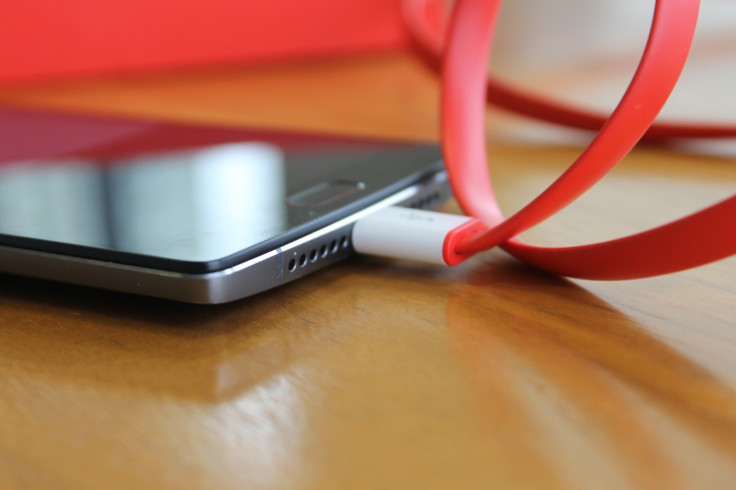'Holy Grail' battery breakthrough doubles life of smartphones and electric cars
Lithium metal technology allows batteries to hold twice the energy of current lithium-ion products.

A new type of battery technology has been developed that could make your smartphone and other gadgets last twice as long - and it could arrive as early as next year. The new, rechargeable lithium metal battery offers double the capacity of current lithium-ion technology despite being half the size and is regarded as a breakthrough for consumer electronics.
Instead of using graphite like the lithium-ion batteries found in most of today's smartphones and consumer gadgets, lithium metal batteries use lithium-metal foil, which can hold more ions and therefore more energy.
This means that manufacturers will soon be able to produce smartphones with twice the battery life of the one currently in your pocket, or alternatively shrink the batteries down to make smaller devices.
The batteries have been developed by SolidEnergy Systems, a company founded by MIT researchers. Qichao Hu, CEO of SolidEnergy, labelled the breakthrough "the Holy Grail for batteries".
"With two-times the energy density, we can make a battery half the size, but that still lasts the same amount of time, as a lithium ion battery," he told MIT News. "Or we can make a battery the same size as a lithium-ion battery, but now it will last twice as long."
Because the new batteries can be made using the manufacturing equipment used for current lithium ion batteries, they can be made quickly and could find their way to smartphones, wearable devices and electric vehicles as soon as 2017. However, the drone market will be the first to take advantage of the new technology, with the first applications planned for November.
"Several customers are using drones and balloons to provide free internet to the developing world, and to survey for disaster relief," said Hu. "It's a very exciting and noble application."
Other than consumer electronics, electric vehicles are also expected to benefit hugely from the new technology, according to Hu. "Industry standard is that electric vehicles need to go at least 200 miles on a single charge. We can make the battery half the size and half the weight, and it will travel the same distance, or we can make it the same size and same weight, and now it will go 400 miles on a single charge."
© Copyright IBTimes 2024. All rights reserved.






